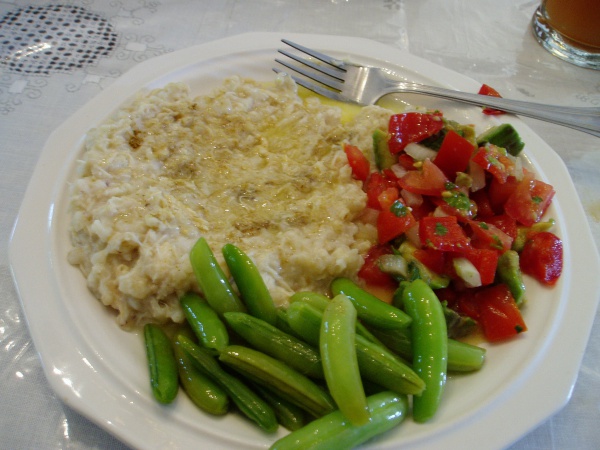Facts About Harissa
Harees, also known as Jareesh, boko boko, or harisa, is a heartwarming dish made from boiled, cracked, or coarsely-ground wheat combined with meat and seasonings. Its consistency can vary from a thick porridge to a texture resembling dumplings, depending on the preparation method. This dish is particularly popular in the Arab states of the Persian Gulf and is a staple during Ramadan. Similarly, a version of this dish called harisa originates from the Ararat plain in Armenia.
The name "harees" is derived from the Arabic verb "harasa" which means to mash or squash. In Armenian tradition, harisa is said to have been created by Saint Gregory the Illuminator, who added wheat to a charity meal for the poor, resulting in a mixture that stuck to the bottom of the pot. Harees has been referenced in historical cookbooks as far back as the 10th and 13th centuries.
To prepare traditional harees, one must start by soaking wheat overnight. The soaked wheat is then simmered with meat and fat, strained, and beaten until smooth before being seasoned. Each Arab country in the Persian Gulf offers its own version of harees, adding unique twists and flavors. It is a staple not only during Ramadan but also during Eid celebrations and weddings.
In Armenia, harisa is a celebrated national dish commonly served on Easter. This thick porridge is made from cracked wheat and meat, typically chicken or lamb, and requires a lengthy cooking time. It is more than just food; it is a dish deeply rooted in cultural and historical significance.
Harisa also holds a special place in Kashmiri cuisine, where it is made with mutton and rice flour and enjoyed with traditional Kashmiri bread. In Zanzibar, a similar dish called boko boko is prepared using lamb, beef, or chicken.

 Georgia
Georgia